
Discover the Cultural Riches of District 5, Ho Chi Minh City
Explore District 5 in Ho Chi Minh City: A Cultural Mosaic of Vibrant Markets, Historic Temples, and Culinary Delights.
District 5, also known as Cholon, is the vibrant heart of Ho Chi Minh City's Chinese community. This bustling neighbourhood is famous for its eclectic mix of cultures, mouth-watering street food, and historical landmarks. As you stroll through the streets, you'll encounter a blend of Vietnamese and Chinese influences, from the architecture to the lively markets and temples. One of the must-visit spots in District 5 is the Binh Tay Market. This historic market, built in the 1920s, offers an authentic shopping experience with a wide range of goods, from fresh produce to traditional handicrafts. Don't miss the opportunity to try some local delicacies, such as banh bao (steamed buns) and hu tieu (rice noodle soup), as you explore the bustling stalls. Another highlight of District 5 is its beautiful temples and pagodas. The Thien Hau Temple, dedicated to the Chinese sea goddess Mazu, is one of the oldest and most revered temples in the area. Its intricate carvings and vibrant altars offer a glimpse into the spiritual life of the local community. For a touch of history, visit the Cha Tam Church, a unique blend of Gothic and Chinese architectural styles, where President Ngo Dinh Diem sought refuge during the 1963 coup. District 5 is also home to a thriving culinary scene. From traditional dim sum to the exotic flavors of Vietnamese-Chinese fusion cuisine, the neighbourhood's many restaurants and street vendors offer a feast for the senses. Be sure to visit the famous food street, Nguyen Trai, where you can sample a variety of dishes and experience the lively atmosphere that defines this part of the city.
Local tips in District 5
- Visit early in the morning to experience Binh Tay Market at its liveliest and to avoid the midday heat.
- Dress modestly when visiting temples and pagodas to show respect for local customs.
- Carry cash, as many street vendors and small shops do not accept credit cards.
- Learn a few basic Vietnamese phrases to enhance your interactions with locals.
- Try the street food but make sure to choose stalls with a high turnover to ensure freshness.
Discover the Cultural Riches of District 5, Ho Chi Minh City
District 5, also known as Cholon, is the vibrant heart of Ho Chi Minh City's Chinese community. This bustling neighbourhood is famous for its eclectic mix of cultures, mouth-watering street food, and historical landmarks. As you stroll through the streets, you'll encounter a blend of Vietnamese and Chinese influences, from the architecture to the lively markets and temples. One of the must-visit spots in District 5 is the Binh Tay Market. This historic market, built in the 1920s, offers an authentic shopping experience with a wide range of goods, from fresh produce to traditional handicrafts. Don't miss the opportunity to try some local delicacies, such as banh bao (steamed buns) and hu tieu (rice noodle soup), as you explore the bustling stalls. Another highlight of District 5 is its beautiful temples and pagodas. The Thien Hau Temple, dedicated to the Chinese sea goddess Mazu, is one of the oldest and most revered temples in the area. Its intricate carvings and vibrant altars offer a glimpse into the spiritual life of the local community. For a touch of history, visit the Cha Tam Church, a unique blend of Gothic and Chinese architectural styles, where President Ngo Dinh Diem sought refuge during the 1963 coup. District 5 is also home to a thriving culinary scene. From traditional dim sum to the exotic flavors of Vietnamese-Chinese fusion cuisine, the neighbourhood's many restaurants and street vendors offer a feast for the senses. Be sure to visit the famous food street, Nguyen Trai, where you can sample a variety of dishes and experience the lively atmosphere that defines this part of the city.
Iconic landmarks you can’t miss
Ho Chi Minh Statue
Explore the Ho Chi Minh Statue, a historic monument reflecting Vietnam's legacy and vibrant culture in the heart of Ho Chi Minh City.

Ten Thousand Buddha Temple
Explore the serene beauty of Ten Thousand Buddha Temple, a cultural gem in Ho Chi Minh City filled with intricate architecture and thousands of Buddha statues.

Phước An Hội Quán
Discover the spiritual beauty and cultural heritage of Phước An Hội Quán, a vibrant temple in the heart of Ho Chi Minh City.
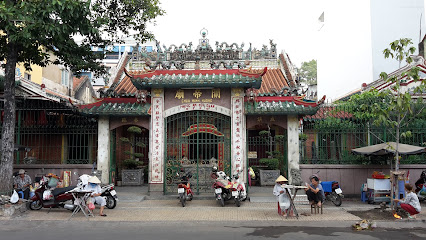
Ha Chuong Assembly Hall
Discover the enchanting Ha Chuong Assembly Hall, a spiritual and cultural gem in Ho Chi Minh City, showcasing exquisite architecture and local traditions.

三山會館-Tam Son Hoi Quan Pagoda
Explore the serene beauty of Tam Son Hoi Quan Pagoda, a cultural gem in Ho Chi Minh City, showcasing exquisite architecture and rich traditions.

Di tích mộ cổ họ Lâm
Explore the rich cultural heritage and history of Vietnam at Di tích mộ cổ Lâm, a captivating landmark in the heart of Ho Chi Minh City.

Pétrus Truong Vinh Ky Memorial
Explore the Pétri Truong Vinh Ky Memorial in Ho Chi Minh City, a serene tribute to a literary giant and a cornerstone of Vietnamese cultural heritage.
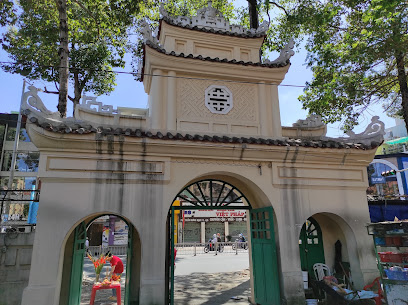
Nguyễn Văn Hảo building
Explore the Nguyen Van Hao Building, a stunning historical landmark in Ho Chi Minh City showcasing Vietnam's rich heritage and architectural beauty.

French Style Architecture Street
Discover the enchanting charm of French Style Architecture Street, a captivating testament to Ho Chi Minh City's colonial history and architectural beauty.

kênh Tàu Hủ
Explore Kênh Tàu Hủ, a scenic canal in Ho Chi Minh City, where vibrant culture meets serene waters and local delights await.
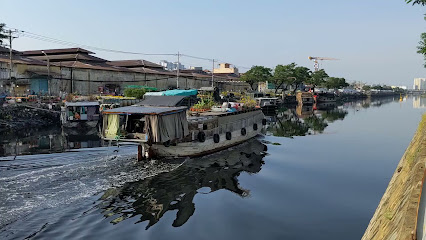
Colonial Corner
Explore the historical charm of Colonial Corner, a captivating landmark that showcases the architectural beauty of Ho Chi Minh City's colonial past.
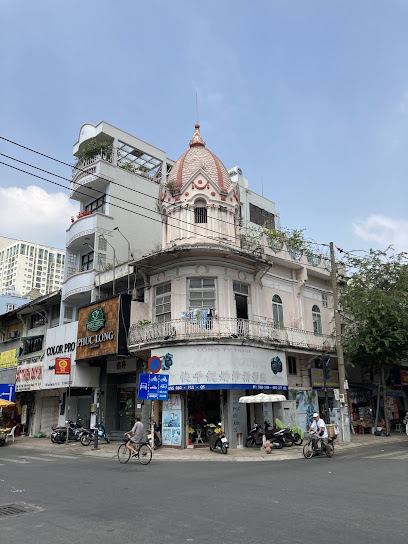
Unmissable attractions to see
Tao Dan Park
Explore the serene beauty of Tao Dan Park, a lush urban escape in the heart of Ho Chi Minh City, perfect for relaxation and cultural immersion.
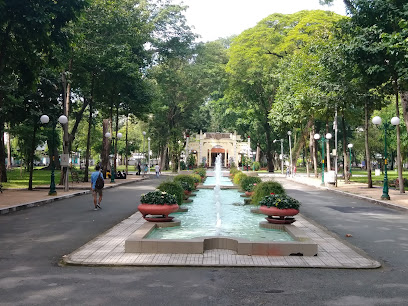
Ten Thousand Buddha Temple
Explore the serene Ten Thousand Buddha Temple in Ho Chi Minh City, a cultural gem adorned with golden Buddhas and lush gardens, perfect for spiritual seekers.
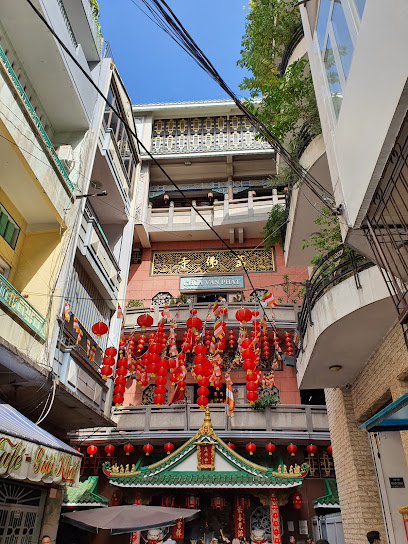
三山會館-Tam Son Hoi Quan Pagoda
Explore the serene Tam Son Hoi Quan Pagoda in Ho Chi Minh City, a stunning blend of spirituality and architectural beauty.
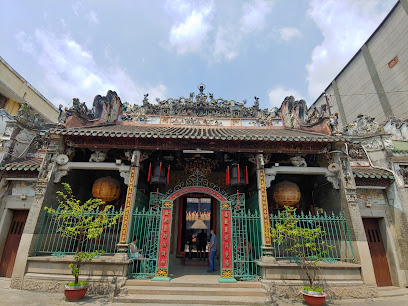
kênh Tàu Hủ
Discover the charm of Tàu Hủ Canal in Ho Chi Minh City, where vibrant culture meets scenic beauty in every stroll along the water.

Essential places to dine
Dong Nguyen Chicken Rice
Discover the rich flavors of Vietnamese cuisine at Dong Nguyen Chicken Rice - A must-visit destination for food lovers in Ho Chi Minh City.
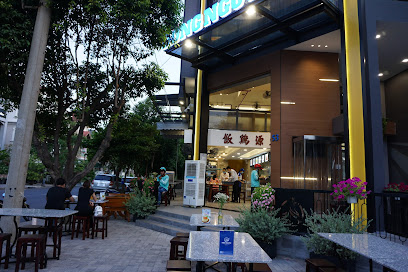
Dim Tu Tac
Experience authentic dim sum at Dim Tu Tac in Ho Chi Minh City – a must-visit for food enthusiasts seeking delightful flavors.
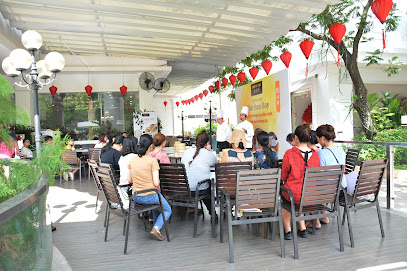
Tiến Phát - Điểm tâm Hồng Kông
Experience authentic Hong Kong dim sum at Tiến Phát - Điểm tâm Hồng Kông, a culinary gem in Ho Chi Minh City offering delicious flavors and vibrant atmosphere.
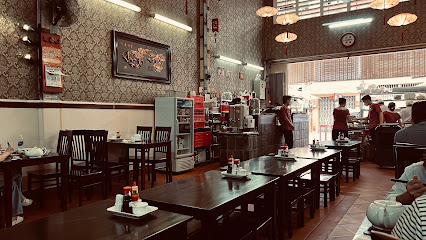
Hai Lua Restaurant
Discover authentic Vietnamese cuisine at Hai Lua Restaurant in Ho Chi Minh City - a culinary delight with traditional flavors.
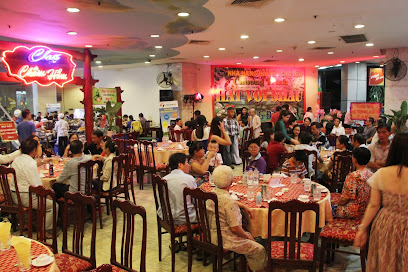
Van Hoa Restaurant
Discover authentic Vietnamese flavors at Van Hoa Restaurant in Ho Chi Minh City’s vibrant District 5.
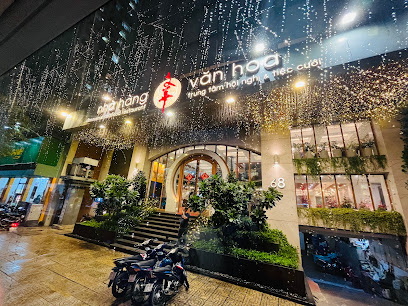
Q-Mama Buffet Beer BBQ
Savor the essence of Vietnamese cuisine at Q-Mama Buffet Beer BBQ—where delicious grilled dishes meet a lively dining atmosphere.
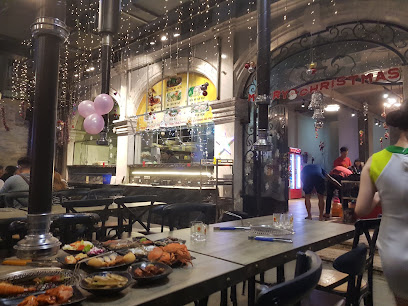
Va Thành 瓦城 Casual Taiwanese
Experience authentic Taiwanese cuisine at Va Thành Casual Taiwanese in Ho Chi Minh City - where flavors come alive!
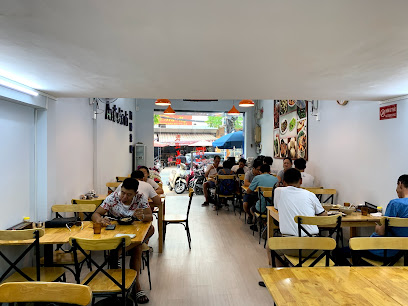
Tokori Japanese BBQ
Savor the finest yakiniku experience in Ho Chi Minh City at Tokori Japanese BBQ - where quality meets tradition.
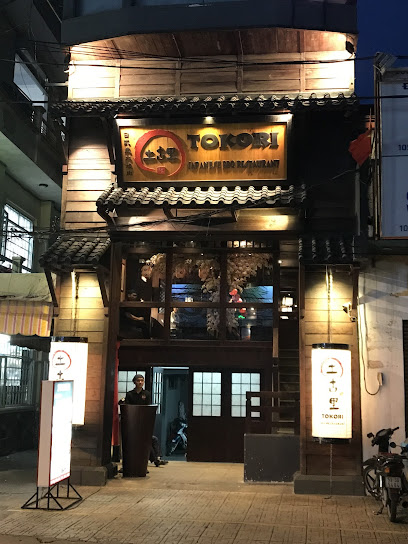
Duyến Ký
Experience authentic Chinese flavors at Duyến Ký in Ho Chi Minh City – a must-visit for food lovers seeking delicious cuisine.
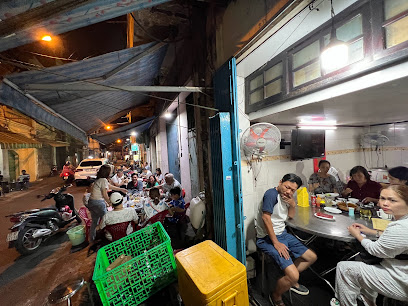
Mì Tuyền Ký 泉記
Experience authentic Vietnamese cuisine at Mì Tuyền Ký in Ho Chi Minh City—where tradition meets flavor in every bowl.
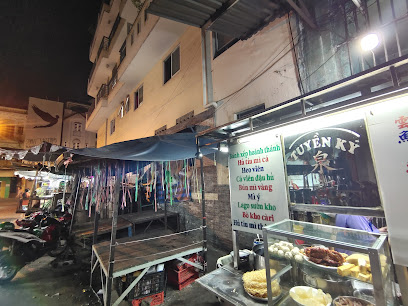
Markets, malls and hidden boutiques
Lemon Gift Shop
Discover unique souvenirs, delicious pastries, and seasonal gifts at Lemon Gift Shop in Ho Chi Minh City.

Gift Shop 8-3
Discover unique Vietnamese souvenirs and traditional crafts at Gift Shop 8-3 in Ho Chi Minh City, a perfect stop for memorable mementos.
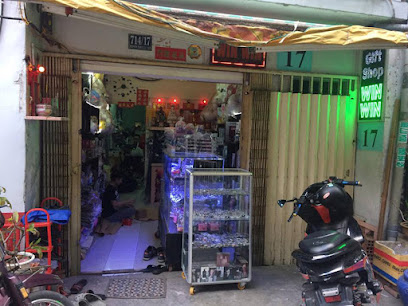
7 Gift Shop (Shop Quà Tặng)
Discover unique gifts, toys, and jewelry at 7 Gift Shop in Ho Chi Minh City, where every item tells a story.
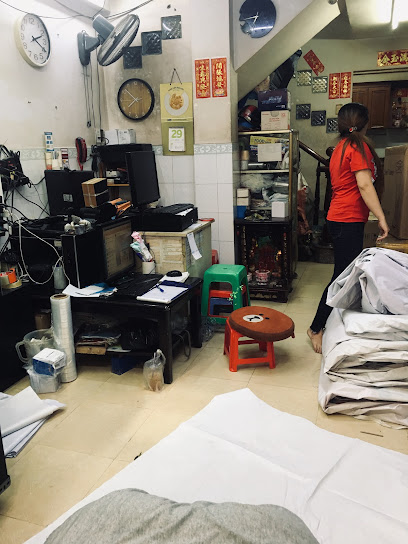
Zippo Vietnam
Explore Zippo Vietnam, a unique gift shop in Ho Chi Minh City offering authentic Zippo lighters and memorable souvenirs.
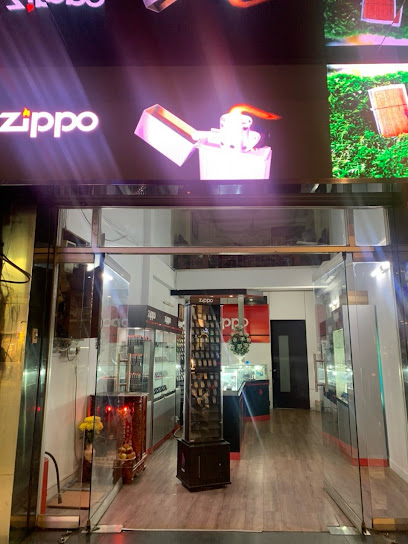
591 Nguyen Trai Street, Ward 8, District 5, Ho Chi Minh City Jewelry Store
Explore exquisite fashion accessories at a premier jewelry store in Ho Chi Minh City, where craftsmanship meets cultural heritage.

Shop Thời Trang Da Cá Sấu Thiên Ân
Discover luxurious crocodile leather fashion at Thiên Ân, an exceptional gift shop in Ho Chi Minh City offering exquisite craftsmanship and unique designs.
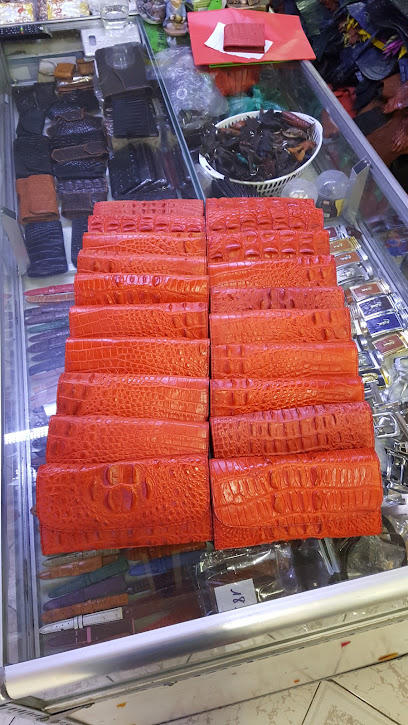
Shop A.Sin
Explore the vibrant fashion scene at Shop A.Sin, a unique clothing store in Ho Chi Minh City's bustling District 5, offering trendy and traditional styles.
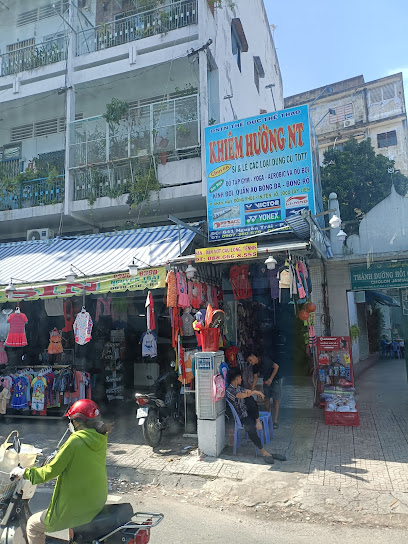
Quà Valentine 14-2 Shop
Discover unique gifts and charming treasures at Quà Valentine 14/2 Shop, a local favorite in Ho Chi Minh City for memorable occasions.

Cửa Hàng Quà Tặng Kelly
Explore the charm of Ho Chi Minh City at Cửa Hàng Quà Tặng Kelly, your destination for unique Vietnamese souvenirs and local artisan crafts.

Nguyen Long Fashion Shop
Explore Nguyen Long Fashion Shop in Ho Chi Minh City – a unique destination for women’s clothing blending traditional Vietnamese styles with modern elegance.

Essential bars & hidden hideouts
Karaoke ICOOL
Experience the vibrant nightlife of Ho Chi Minh City at Karaoke ICOOL, where every night is a celebration of music and fun.
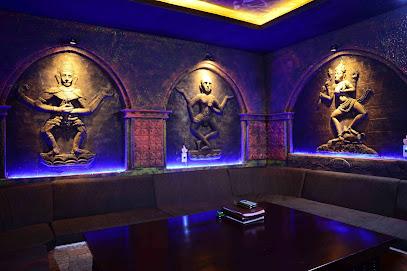
Johama Bar & Restaurant
Discover the vibrant flavors and live music at Johama Bar & Restaurant, a cultural hotspot in Ho Chi Minh City.
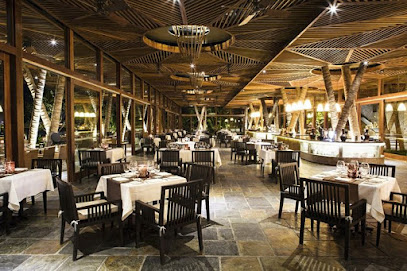
Voilà Bar Chinatown
Experience the vibrant nightlife at Voilà Bar Chinatown, where expertly crafted cocktails meet a lively atmosphere in Ho Chi Minh City.
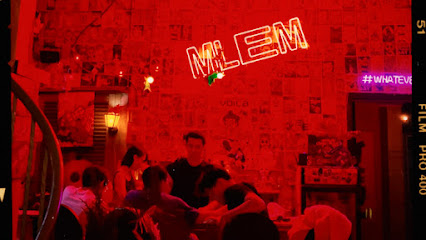
1135.Nhuận Phát
Discover the vibrant nightlife at 1135.Nhuận Phát, a quintessential bar in Ho Chi Minh City offering a blend of local culture and delightful drinks.

Đô Phát
Explore the lively nightlife at Đô Phát Bar, a must-visit destination in Ho Chi Minh City for an authentic local experience.
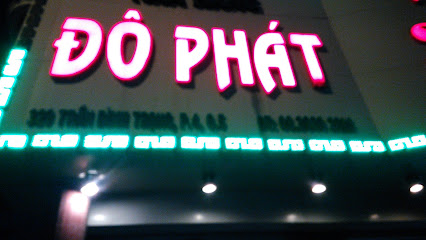
Bar America
Experience the vibrant nightlife at Bar America in Ho Chi Minh City, where local charm meets international flavors in a lively atmosphere.

777 hai
Discover the vibrant nightlife of Ho Chi Minh City at 777 Hai, an exquisite cocktail bar offering innovative drinks and a lively atmosphere.

Lun - The Chill Beer
Experience the vibrant nightlife of Ho Chi Minh City at Lun - The Chill Beer, a cozy bar with a fantastic selection of local and international beers.

Top nine Beer club
Experience the ultimate karaoke night at Top Nine Beer Club in Ho Chi Minh City, where music, drinks, and fun come together!

Beer Club
Experience the best of Ho Chi Minh City's craft beer scene at Beer Club, where locals and travelers come together to enjoy a diverse selection of brews.

Local Phrases
-
- HelloXin chào
[sin chow] - GoodbyeTạm biệt
[tahm byet] - YesCó
[kaw] - NoKhông
[kohng] - Please/You're welcomeLàm ơn
[lam uhn] - Thank youCám ơn
[kahm uhn] - Excuse me/SorryXin lỗi
[sin loy] - How are you?Bạn khỏe không?
[bahn kweh kohng] - Fine. And you?Khỏe. Còn bạn?
[kweh. kawn bahn] - Do you speak English?Bạn có nói tiếng Anh không?
[bahn kaw noy tyeng ang kohng] - I don't understandTôi không hiểu
[toy kohng hyeo]
- HelloXin chào
-
- I'd like to see the menu, pleaseCho xem menu, vui lòng
[cho sem menu, vui long] - I don't eat meatTôi không ăn thịt
[toy kohng an tiet] - Cheers!Chúc sức khỏe!
[chuhk sook kweh] - I would like to pay, pleaseTôi muốn thanh toán, vui lòng
[toy mawn thanh toan, vui long]
- I'd like to see the menu, pleaseCho xem menu, vui lòng
-
- Help!Cứu!
[kyoo] - Go away!Đi đi!
[dee dee] - Call the Police!Gọi cảnh sát!
[goy kahn saht] - Call a doctor!Gọi bác sĩ!
[goy bahk see] - I'm lostTôi lạc đường
[toy lahk doong] - I'm illTôi ốm
[toy ohm]
- Help!Cứu!
-
- I'd like to buy...Tôi muốn mua...
[toy mawn mwa] - I'm just lookingTôi chỉ xem thôi
[toy chi sem toy] - How much is it?Nó giá bao nhiêu?
[noh zah baow nyew] - That's too expensiveĐắt quá
[daht kwah] - Can you lower the price?Bạn có thể giảm giá không?
[bahn kaw thee zam zah kohng]
- I'd like to buy...Tôi muốn mua...
-
- What time is it?Bây giờ mấy giờ?
[bay zoh may zoh] - It's one o'clockMột giờ
[moht zoh] - Half past (10)Mười giờ rưỡi
[moo-ee zoh rooy] - MorningBuổi sáng
[bwee sahng] - AfternoonBuổi chiều
[bwee chee-ew] - EveningBuổi tối
[bwee toy] - YesterdayHôm qua
[hohm kwa] - TodayHôm nay
[hohm nai] - TomorrowNgày mai
[nyai mai] - 1Một
[moht] - 2Hai
[hai] - 3Ba
[ba] - 4Bốn
[bohn] - 5Năm
[nahm] - 6Sáu
[sow] - 7Bảy
[bahy] - 8Tám
[tahm] - 9Chín
[cheen] - 10Mười
[moo-ee]
- What time is it?Bây giờ mấy giờ?
-
- Where's a/the...?Chỗ...ở đâu?
[cho...uh doh] - What's the address?Địa chỉ là gì?
[dia chee la zee] - Can you show me (on the map)?Bạn có thể chỉ cho tôi (trên bản đồ) không?
[bahn kaw thee chee chaw toy (trern bahn doh) kohng] - When's the next (bus)?Khi nào là chuyến tiếp theo?
[khi now la chwien tyep theo] - A ticket (to ....)Một vé (đến ....)
[moht veh (den ....)]
- Where's a/the...?Chỗ...ở đâu?
History of District 5
-
District 5, known as Cholon, is the largest Chinatown in Vietnam and has a rich history dating back to the late 18th century when Vietnamese and Chinese immigrants began to settle in the area. This influx led to the establishment of a vibrant community that maintained its cultural identity, evident in the architecture, festivals, and cuisine that define the neighborhood today.
-
During the 19th century, District 5 became a focal point for the Chinese diaspora in Vietnam. The establishment of trade routes and economic opportunities attracted many merchants and artisans. As a result, the area became known for its bustling markets, traditional medicine shops, and a variety of Chinese restaurants, preserving cultural practices unique to the Chinese community.
-
The French colonial era in the late 19th and early 20th centuries brought significant changes to District 5. The French administration introduced urban planning concepts, paving roads and developing infrastructure while also imposing Western architectural styles on some buildings. Despite this, many traditional Chinese structures and temples, such as the Thien Hau Temple, continued to flourish, showcasing a blend of cultures.
-
During the Vietnam War, District 5 was heavily impacted by the conflict. The area served as a strategic location for both military and civilian activities. The vibrant community faced challenges, yet it remained resilient, continuing to celebrate its culture through festivals like the Lunar New Year, which became more significant as a means of preserving identity amid turmoil.
-
After the reunification of Vietnam in 1975, District 5 underwent significant transformations. The government invested in urban development, improving infrastructure and public services. This period also saw a resurgence of cultural pride, as the Chinese community actively promoted their heritage, leading to the establishment of cultural centers and the preservation of traditional practices.
District 5 Essentials
-
District 5, also known as Cholon, can be easily accessed from other neighborhoods in Ho Chi Minh City. From District 1, you can take a taxi or grab ride, which typically takes around 15-30 minutes depending on traffic. Public buses are also available, with routes like Bus 1 and Bus 19 connecting District 1 to District 5. If you're coming from Tan Son Nhat International Airport, taxis and ride-hailing services are the most convenient option, taking approximately 30-45 minutes.
-
District 5 offers various transportation options for getting around. The local bus system is efficient, with several lines serving the area. Taxis and ride-hailing apps like Grab are widely used and affordable. For a more local experience, consider renting a bicycle to explore the neighborhood at a leisurely pace, especially in areas like the bustling markets. Walking is also a viable option, as many attractions are close to each other.
-
District 5 is generally safe for tourists, but caution is advised, especially in crowded areas like markets and bus stations. Petty crimes such as pickpocketing can occur. Areas such as the Binh Tay Market can be busy, so stay vigilant with your belongings. Avoid walking alone at night in poorly lit areas and always be aware of your surroundings.
-
In case of an emergency, dial 113 for police, 115 for medical assistance, and 114 for fire services. Familiarize yourself with the location of the nearest hospital, such as Cho Quan Hospital. It’s advisable to have travel insurance that covers emergencies. For minor health issues, local pharmacies are widely available. Always keep emergency contact numbers accessible.
-
Fashion: Do dress modestly, especially when visiting temples and pagodas. Avoid revealing clothing. Religion: Do respect local customs and practices. Always remove shoes before entering religious sites. Public Transport: Do offer your seat to the elderly. Don't eat or drink on public transport. Greetings: Do greet locals with a smile and a slight bow. Don't be overly familiar without a proper introduction. Eating & Drinking: Do try street food but ensure it’s from a busy vendor for safety. Don't refuse food and drink offered by locals, as it can be seen as impolite.
-
To experience District 5 like a local, visit the historic Binh Tay Market to sample authentic food and shop for local goods. Try to learn a few basic Vietnamese phrases, as locals appreciate the effort. Consider visiting the Thien Hau Temple, which is a significant cultural site. Take time to explore the neighborhood's hidden alleyways to discover street art and lesser-known eateries. Engaging with local vendors can lead to unique insights about the area's history and traditions.
Nearby Cities to District 5
-
Things To Do in Vung Tau
-
Things To Do in Can Tho
-
Things To Do in Phan Thiet
-
Things To Do in Mui Ne
-
Things To Do in Kratie
-
Things To Do in Phnom Penh
-
Things To Do in Dalat
-
Things To Do in Kep
-
Things To Do in Buon Ma Thuot
-
Things To Do in Kampot
-
Things To Do in Phu Quoc
-
Things To Do in Sihanoukville
-
Things To Do in Nha Trang
-
Things To Do in Koh Rong
-
Things To Do in Koh Kong











